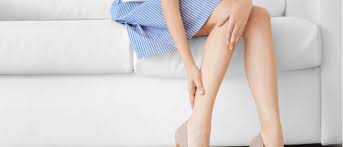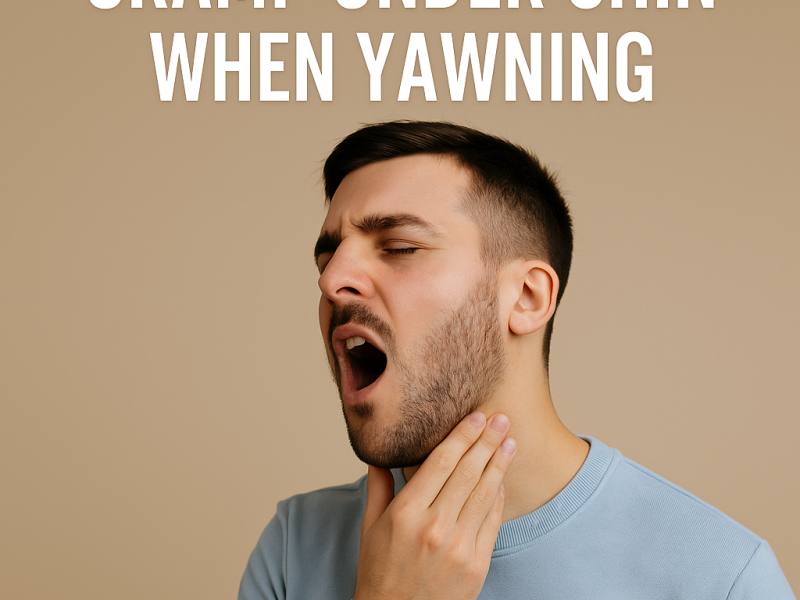Varicose veins are a common leg condition and affect millions of people worldwide, including teenagers. Varicose veins are formed by malfunctioning veins, causing pain and swelling. Although their presence is more common in older adults, teenagers can also develop varicose veins. In this article, we will explore the causes of varicose veins in teenagers and tell you how to prevent and treat this condition.
Varicose veins
Varicose veins are swollen and twisted veins that are visible under the skin. They most commonly appear in the legs but can also occur in other parts of the body. The veins in our legs have one-way valves that help to keep blood flowing in the right direction. When these valves become weakened or damaged, blood can flow backward and pool in the veins, causing them to enlarge and become twisted.
Symptoms of varicose veins
The symptoms of varicose veins can vary from person to person. Some people may experience mild discomfort and swelling, while others may have severe pain and itching. Common symptoms of varicose veins include:
– Visible veins that are blue or purple
– Swelling in the legs or ankles
– Aching or heaviness in the legs
– Itching or burning sensation in the legs
– Muscle cramps or a feeling of tightness in the legs
– Skin changes, such as discoloration or ulceration
If you have one or more of these symptoms, go to a varicose veins clinic in El Paso to receive the appropriate treatment for your condition.
Causes of varicose veins in teenagers
Varicose veins can occur in teenagers for several reasons. Some of the common causes include:
Genetics
If a teenager’s parents or grandparents have varicose veins, they are more likely to develop this condition. This is because genetics can play a role in the strength and structure of the veins.
Hormonal changes
Hormonal changes during puberty, menstruation, or pregnancy can cause the veins to weaken and become stretched. This can lead to varicose veins in some teenagers.
Obesity
Being overweight or obese can put extra pressure on the veins in the legs, causing them to become enlarged and twisted.
Lack of physical activity
A sedentary lifestyle can contribute to varicose veins in teenagers. Lack of physical activity can weaken the muscles in the legs, making it harder for the veins to pump blood back to the heart.
Prolonged standing or sitting
Staying in one position for a long time, such as standing or sitting for hours, can make it difficult for the blood to flow properly, leading to varicose veins.
Prevention and treatment of varicose veins in teenagers
While you cannot always prevent varicose veins, there are steps that teenagers can take to reduce their risk of developing this condition. Some tips for preventing and treating varicose veins include:
Exercise regularly
Regular exercise helps improve blood flow and strengthen leg muscles. Some activities can be beneficial, such as walking, running, swimming, or cycling.
Maintain a healthy weight
Maintaining a healthy weight prevents increased pressure on leg veins. A balanced diet and regular exercise help to achieve and maintain a healthy weight.
Elevate your legs
Elevating the legs helps blood flow better to the heart, improving blood flow and reducing leg swelling. We recommend lying down and placing a pillow or cushion under your legs.
Wear compression stockings
Compression stockings are designed to exert controlled pressure on the legs and improve blood flow. Specialists recommend their use during the day to reduce swelling and discomfort.
Avoid prolonged sitting or standing
If you have to sit or stand for long periods, take frequent breaks to stretch and move around. This can help to improve blood flow and reduce the risk of developing varicose veins.
Avoid tight clothing
Wearing tight clothing, such as skinny jeans or leggings, can restrict blood flow and put pressure on the veins in the legs. Opt for looser-fitting clothing instead.
Seek medical treatment
If you are experiencing severe pain, swelling, or other symptoms of varicose veins, it is important to seek medical treatment. Your doctor may recommend procedures such as sclerotherapy or laser therapy to help reduce the appearance and symptoms of varicose veins.
Conclusion
Varicose veins are a common condition that can affect adolescents and adults. Although they are not usually serious health problems, they can cause discomfort and affect a person’s quality of life. Teenagers can maintain healthy veins throughout their lives if they take steps early to prevent and treat varicose veins.
Also Read: Teens with Curves | Are you satisfied with it?


